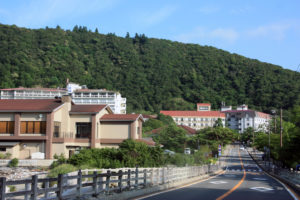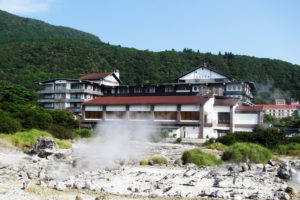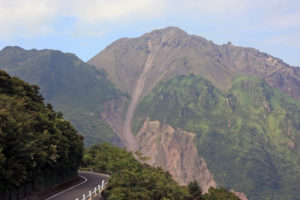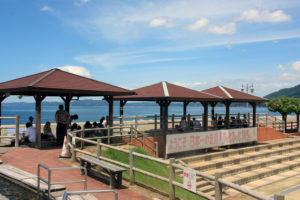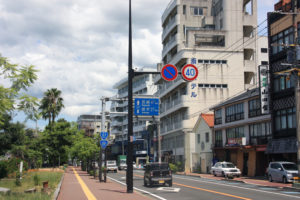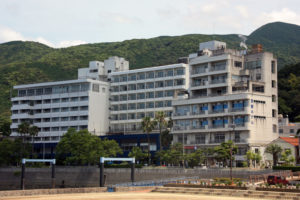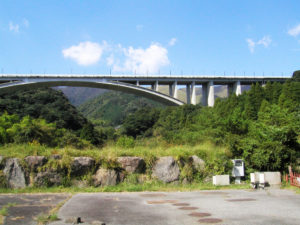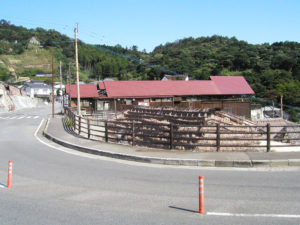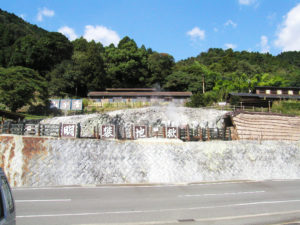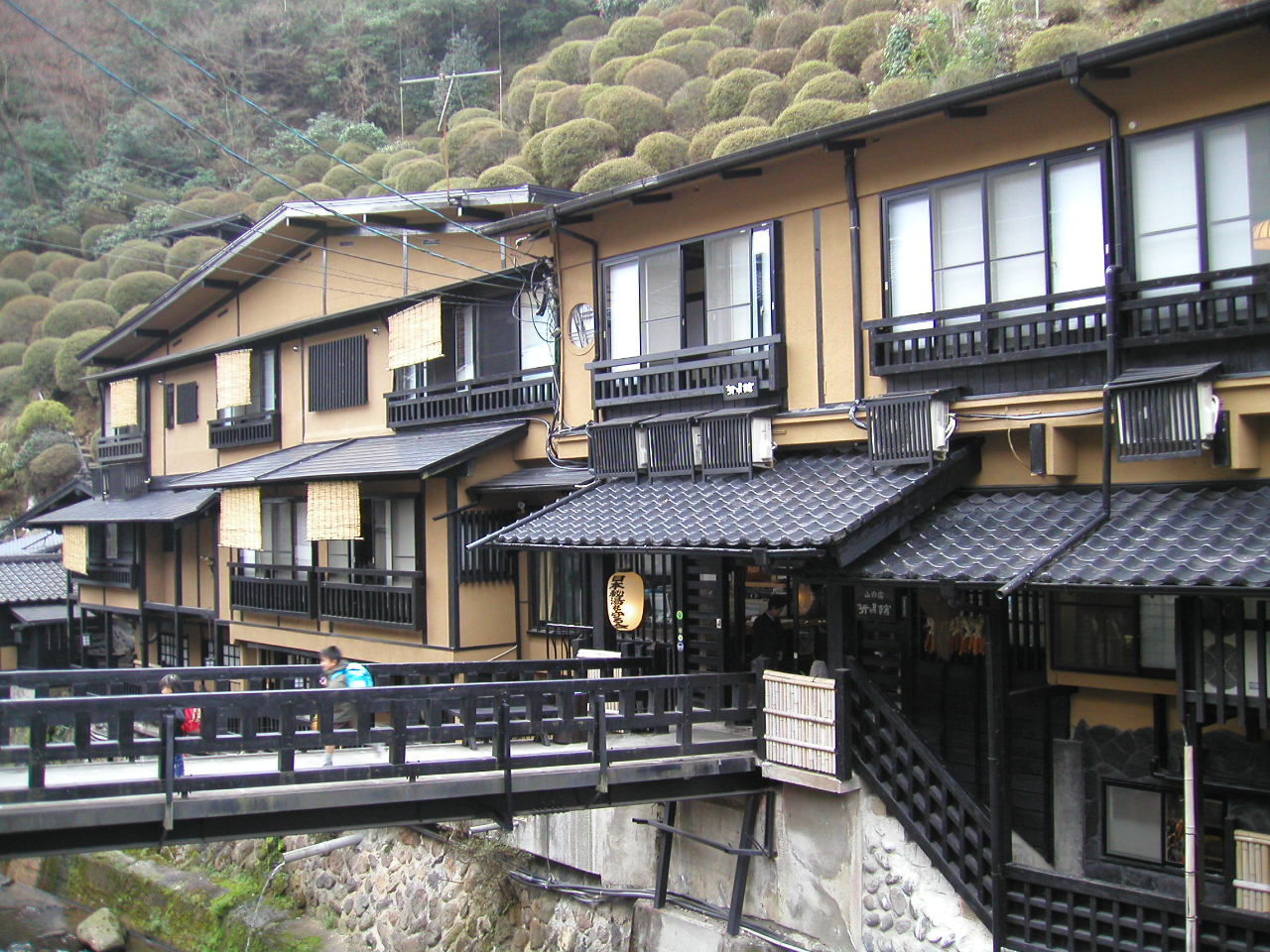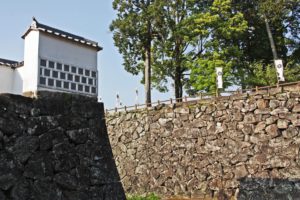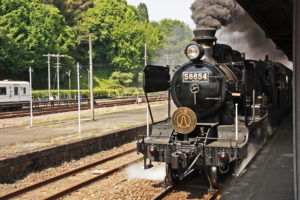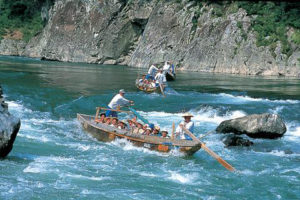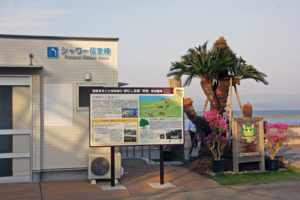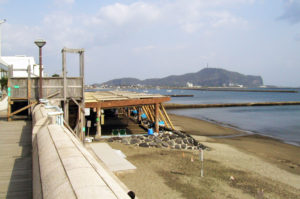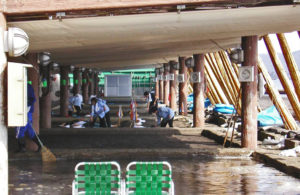Japanese religion
Japan’s indigenous religion is Shinto. It is an ethnic religion that has continued from
Japan’s ancient times to the present day, and has permeated all aspects of Japanese
life and culture, and has the energy to accept foreign cultures including religions and
transform them into a Japanese style.
Japanese Buddhism was introduced through China in the 5th century and is a religion
that has now been incorporated into Japanese life along with Shinto.
Festivals & Events in Kyushu
Tamaseseri / wooden ball catching festival Fukuoka, January
 |
New Year’s Festival held in January, at Hakozaki Shrine |
Nagasaki Lantern Festival Nagasaki, Chanese new year
 |
An annual festival in Nagasaki held on Chinese new year. The festival has been started to celebrate a new year by Chinese who lived in Nagasaki, and it became the Nagasaki’s festival since 1994. More than 10 thousand lanterns are decorated at China town during the festival. more … |
Yanagawa Sagemon Festival Yanagawa, February through April
 |
The festival is held from February 11 through April 3 in |
Kyokusui-no-en Dazaifu, March
 |
The festival is held at Dazaifu Tenmangu Shrine on first Sunday of March, a purification ceremony on a winding stream, is performed by ladies and gentlemen in a ceremonial court robe under the plum blossoms in full-bloom. more … |
Hakata Dontaku Festival Fukuoka, May
 |
The name Dontaku is a corruption of the Dutch word Zontag, more … |
Hakata Gion Yamakasa Festival Fukuoka, June
 |
The most exciting summer festival in Japa, takes place from There are two kinds of festival floats called Yamagasa.
One is Kazari-yamagasa with 15 meters high, a gorgeously decorated festival float which is decked with elaborate dolls and castles. more …
|
Kokura Gion Daiko Festival Kitakyushu, June
 |
The festivals held in july around Kokura Castle, in which the main attraction is the playing the drums. The highlights of the Festival which you should not miss are the Taiko Performing Contest held at Kokura Castle on July 15th, and the Taiko Performing Parade held on July 16th. more … |
Tobata Gion Yamagasa Kitakyushu, June
 |
Float Festivals including Tobata Gion Yamagasa inscribed on UNESCO Intangible Heritage List in 2016. The festival has a lot of energy and is very dynamic as is the case with festivals such as the Hakata Gion Yamagasa,with young men |
Wasshoi Million Summer Fastival Kitakyushu, August
 |
The Festival is one of the festivals representing Kyushu and started in 1988 to commemorate the 25th anniversary of th formation of the city and has more than one and half million spectators every year. It is held in Kokura on the 1st Saturday and Sunday in August. more… |
Hojoya Fukuoka, September
 |
One of Hakata’s three main festivals, held in September at the Join the cheerful crowd in colorful yukata and experience a rare, |
Nagasaki Kunchi Nagasaki, October
 |
It is one of big-three festival in Japan, held on October 7 to 9 at Suwa Shrine. The festival features Chinese dance including Ja-odori, this time dancing all around the city but especially at Suwa Shrine. The whole of Nagasaki Kunchi dance was designated on Important Intangible Cultural Asset. more … |
Sumo Tournament Fukuoka, Nobember
 |
Sumo is a Japanese traditional martial art. Osaka and Fukuoka. Fukuoka Tournament is held at Fukuoka International |
Chrysanthemum exhibition Throughout Kyushu, mid October to mid Nobember
 |
The chrysanthemum has been a familiar flower to Japanese as the symbol of the Imperial Family and a symbol of longevity and rejuvenation. The Chrysanthemum exhibition is held annually in autumn from mid October to mid November in many shrines, temples and gardens throughout Japan. more … |
Japanese cuisines and beverages
Japan is a foodie’s paradise, with some of the finest and most
varied cuisine in the world.
Traditional cuisine of Japan (日本食)
 |
It is based on steamed rice, soy bean soup and The traditional cuisine of Japan is based on steamed rice, soy bean soup and other dishes; there is an emphasis on seasonal ingredients. more … |
Baked Eel(うなぎの蒲焼)
 |
Eel are very nutritious, and are believed to provide us with a lot of physical energy. Before eating, powdered “Sansho”, a kind of spice, is usually sprinkled over the eel to heighten its flavor. more… |
Grilled eel on rice (アナゴ飯)
 |
It is a local cuisine in Hiroshima. Charcoal grilled eel seasoned with soy sauce and mirin served on boiled rice. The aroma that rises the cooking eel is mouthwatering. |
Yobuko Squid (呼子のイカ)
 |
The squid has a sweetness that melt upon the tangue.
In the finely crafted style of sashimi known as Ikezukuri, the flesh
of still-living seafood is served. The freshness is outstanding in fact, flesh is usually still twitching while served up on the plate. more … |
Udon, wheat noodle(うどん)
 |
It is noodle from wheat flour, and is a little thicker than Soba noodle. Udon is eaten either from bowls filled with hot soup, or by dipping it into special soup as in the case of Soba. more.. |
 |
Long, thin brownish noodle made from buckwheat flour to which is added wheat flour, egg, and sometimes yam starch. It is eaten either in hot soup, “Kakesoba” or as a cold dish, “Morisoba”.In Morisoba, noodle is piled up on small flat bascket. more ... |
Hakata Ramen at Yatai (博多ラーメン)
 |
Food stalls “Yatai” is one thing to enjoy in Fukuoka Despite a decline in recent year, there are said to be more than 160. The food stalls have all kind of food, but you have to try Hakata ramen, usually made with white soup from pork bone and thin noodles. more … |
Kawara soba(瓦そば)
 |
literally means a roof tile buckwheat noddle. The meal is a local cuisine in Kawatana, Yamaguchi prefecture. The buckwheat noddle which is served on the heated roof tile. more … |
Dango-jiru (だんご汁)
 |
The meal is a local specialty in Oita. It is made by boiling flat noodles made from wheat flour together with ingredients such as radishes, carrots, burdock roots, aroids, and shiitake mushrooms in miso flavored dashi (broth). more … |
Typical Japanese breakfast (日本の朝食)
 |
It consist of steamed rice, soybean soup with asari clams, tsukune (chicken meatloaf with egg, dried laver seaweed, natto ( fermented soybeans) and raw egg mixed with steamed rice. more … |
Sake Brewery(日本酒の酒蔵)
 |
There are a lot of Sake brewery where you can visit in Kyushu. Sake is an alcoholic beverage brewed from rice, koji mold and
yeast. Its alcohol content ranges from 13% to 16% and its quality varies according to its fermentation processes. more … |
About Japan
Japan is a destination like no other.
You will find a lot of things which you have never seen,
never eaten or experienced.
 |
Japan is a foodie’s paradise, with some of the finest and most varied cuisine
in the world
Japanese cuisine encompasses the regional and traditional foods of Japan,
which have developed through centuries of social and economic changes.
more …
|
 |
We offer many activities and fun things to do in Kyushu. |
 |
Let’s meet real Japan every shrine celebrates one of its own. Most festivals are held annually and celebrate the shrine’s deity or a seasonal or historical event. more … |
 |
The culture of Japan has evolved greatly over the millennia, from the country’s prehistoric time Jomon period, to its contemporary modern culture. You can find a lot of unique culture and things. more … |
Excursion & Activities
We offer many activities and fun things to do in Kyushu.
 |
Yanagawa Canal boat cruise is to board a small boat called the Donkobune and slowly go down the river skillfully maneuvered by a boatman with bamboo pole. Enjoy a leisurely cruise along the streets and houses which still retain some remnants of castle town. more … |
 |
Foot bath is called Ashiyu in Japanese and is a public bath in which people can bath their feet. Ashiyu in Beppu set up at Kannawa Onsen. You can easily enjoy it without having to remove all your clothing, only the feet and leg up to the knee are immersed. more … |
 |
In the harvest time, the northern Kyushu boasts many area with beautiful fruit orchards. The fruit production in Fukuoka is primarily concentrated in the southern Chikugo region such as Ukiha, Asakura and Kurume. more … |
 |
The most exciting experience in Beppu is Jigoku Meguri or (Burning Hell) tour. often with unusual result. more … |
 |
There are a lot of Sake brewery in Kyushu where you can visit. Sake is an alcoholic beverage brewed from rice, koji mold and yeast. more … |
 |
Michino Eki means Road Station in Japan. it provodes places for travelers to rest, they are intended to promote local tourism and trade. |
 |
The world’s most dynamic, magnificent and spectacular Let’s enjoy the breathtaking scenery that you have never seen before. more … |
Japanese cultural experience in Kokura
 |
Time to enjoy dressing in Kimono, tea ceremony experience, and Rickshaw riding experience Kokura Castle Garden and Kokura Castle. You can also take beautiful photographs in this location to provide you with wonderful memories and recollection of your visit to Kokura. more … |
KAIZEN
KAIZEN is one of the most important key word for Japan’s Industrial modernization and
world leading industries.
 |
 |
 |
KAIZEN is the Japanese word for “improvement”. In business, KAIZEN refers to
activities that continuously improve all functions and involve all employees from the
CEO to the workers on site. It also applies to processes, such as purchasing and logistics,
that cross organizational boundaries into the supply chain.
Home Tailor-made tours Study tours Christian Pilgrimage tours Golf tour Kyushu tour packages
Onsen resorts
Kyushu is known as ‘Onsen island’ and there are many Onsen resorts to stop into
while you’re travelling around.
Onsen resorts use water from an actual spring or they boil mineral water.
A tranquil Onsen Resort near Fukuoka-city and is located on the banks of Chikugo River.
The quality hot spring is weakly alkaline and sulfur is mixed and has the effect of dropping
old horn and creating beautiful skin.
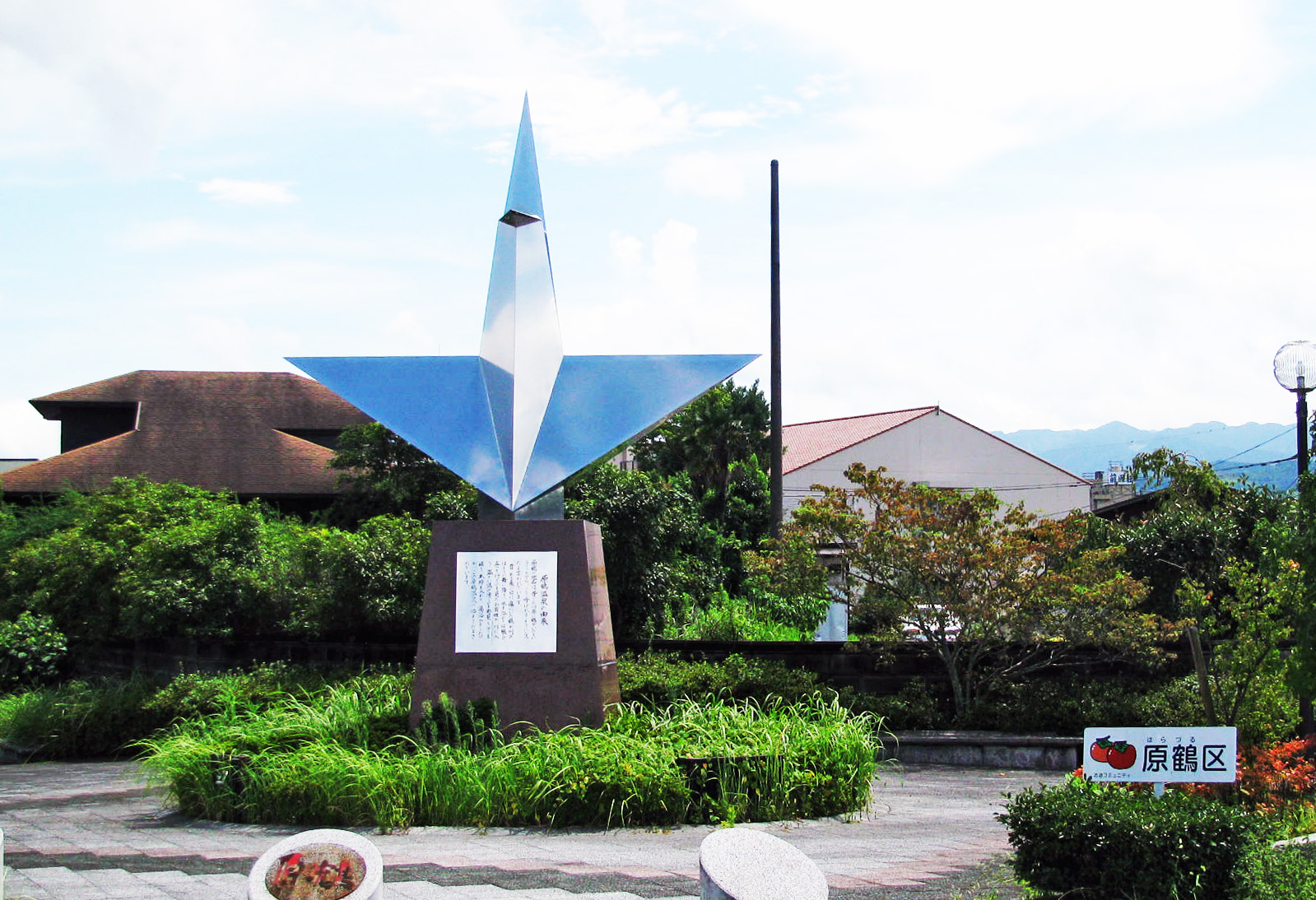 |
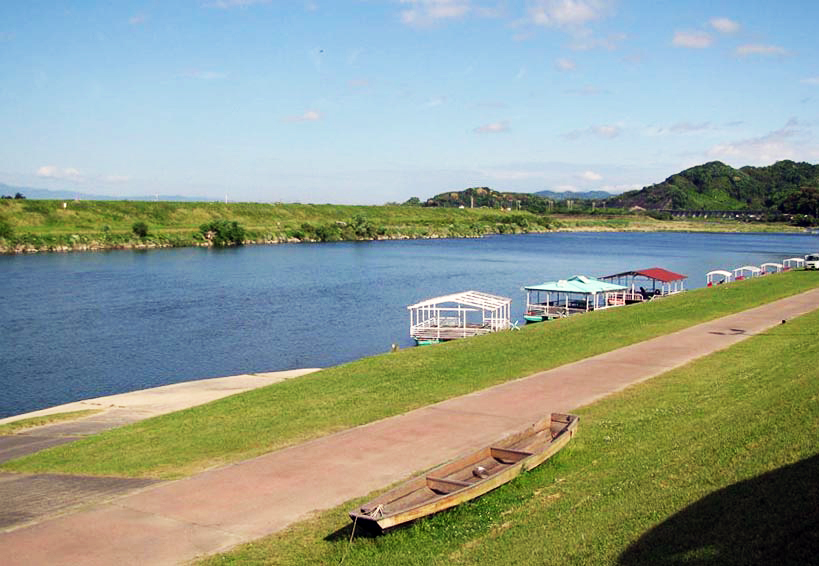 |
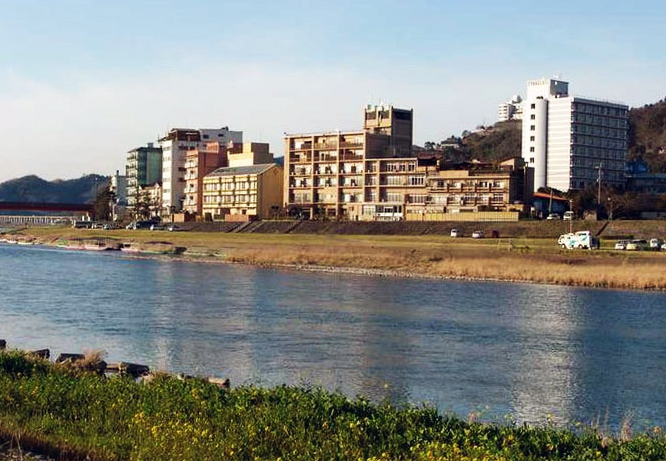 |
Takeo has 1200 years history and is located in the western part of Saga-prefecture.
The hot spring temperature is 18 to 52 degrees. Spring quality is smooth with alkaline simple
hot spring. It is said that the color is colorless and transparent and has an outstanding effect
on recovery from fatigue.
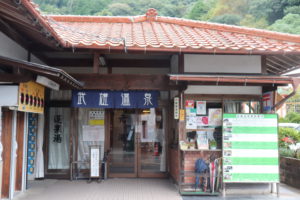 |
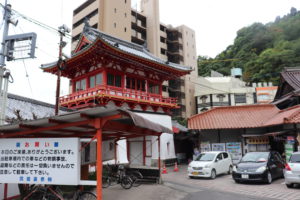 |
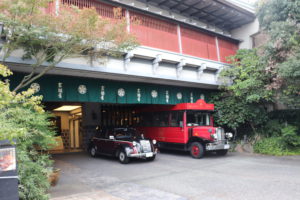 |
Ureshino Onsen is a hot spring town in south-western Saga Prefecture. Its clear Onsen waters
are high in sodium bicarbonate and sodium chloride and feel extremely smooth on skin, giving
rise to its popularity as a “Bihada no Yu” ( beautiful skin waters).
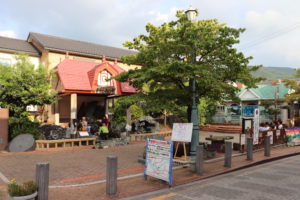 |
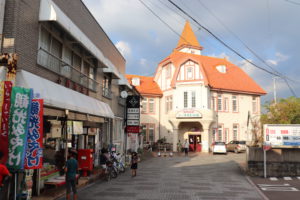 |
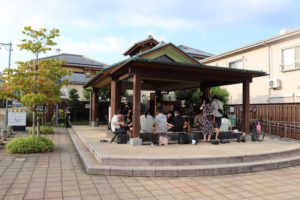 |
Located in the centre of Shimabara peninsula, at the southwest part of Mount Unzen
with an altitude of 700m. It is started receiving foreign tourists around the year 1900 when
Kaempfer and Siebold introduced the city to Europe and China. The area was the first
area to be designated as a National Park in Japan in 1934.
Beppu is one of the most famous Onsen Resort in Japan. The popular hot spring town nestle
at the foot of volcanos, Mount Yufu and Mount Tsurumi. Boasting more than 2,800 hot spring
sources and flowing rate of nearly 137,000 kiloliters per day, Beppu is considered a paradise
of hot springs famous for high therapeutic effects.
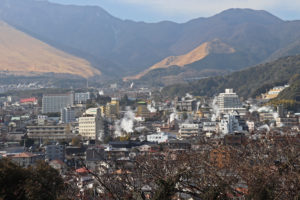 |
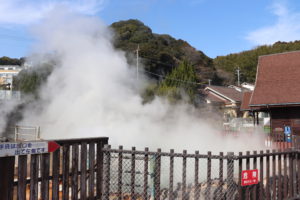 |
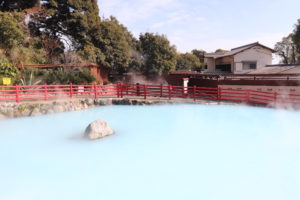 |
The Onsen resort town where the Yunohana or Alum have been collected since more than
200 years ago. Myoban means Alum in Japanese.
Myoban is a geothermal area located at an altitude of 400 metre at the middle
Garan mountain and a little away from the centre of Beppu.
A beautiful and tranquil Onsen resort representing Kyushu. Yufuin is located about 15 km
west of Beppu and is spreading in the Yufu basin at the mountain foot of Yufu. Onsen resort
life can be enjoyed at the beautiful and tranquil place harmonized with nature in the basin of
mountain hill area.
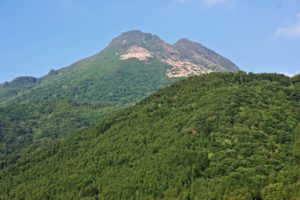 |
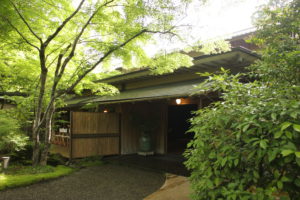 |
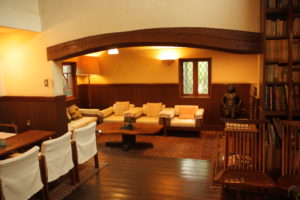 |
One of the most popular hot spring for foreign tourists, located at the foot of Kuju mountain
range in Oita-prefecture. The hot spring is known as one of the world’s top carbonate spring.
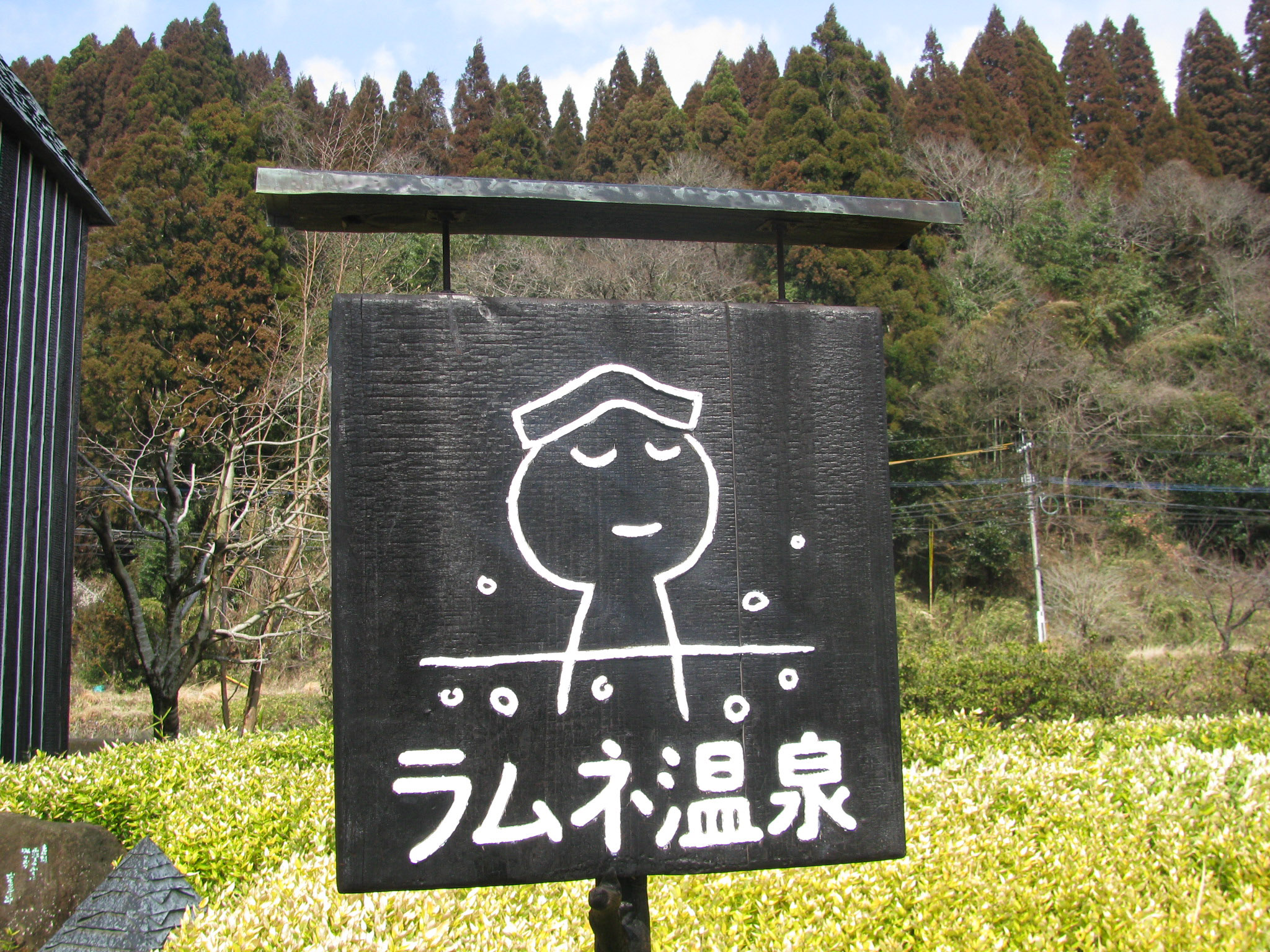 |
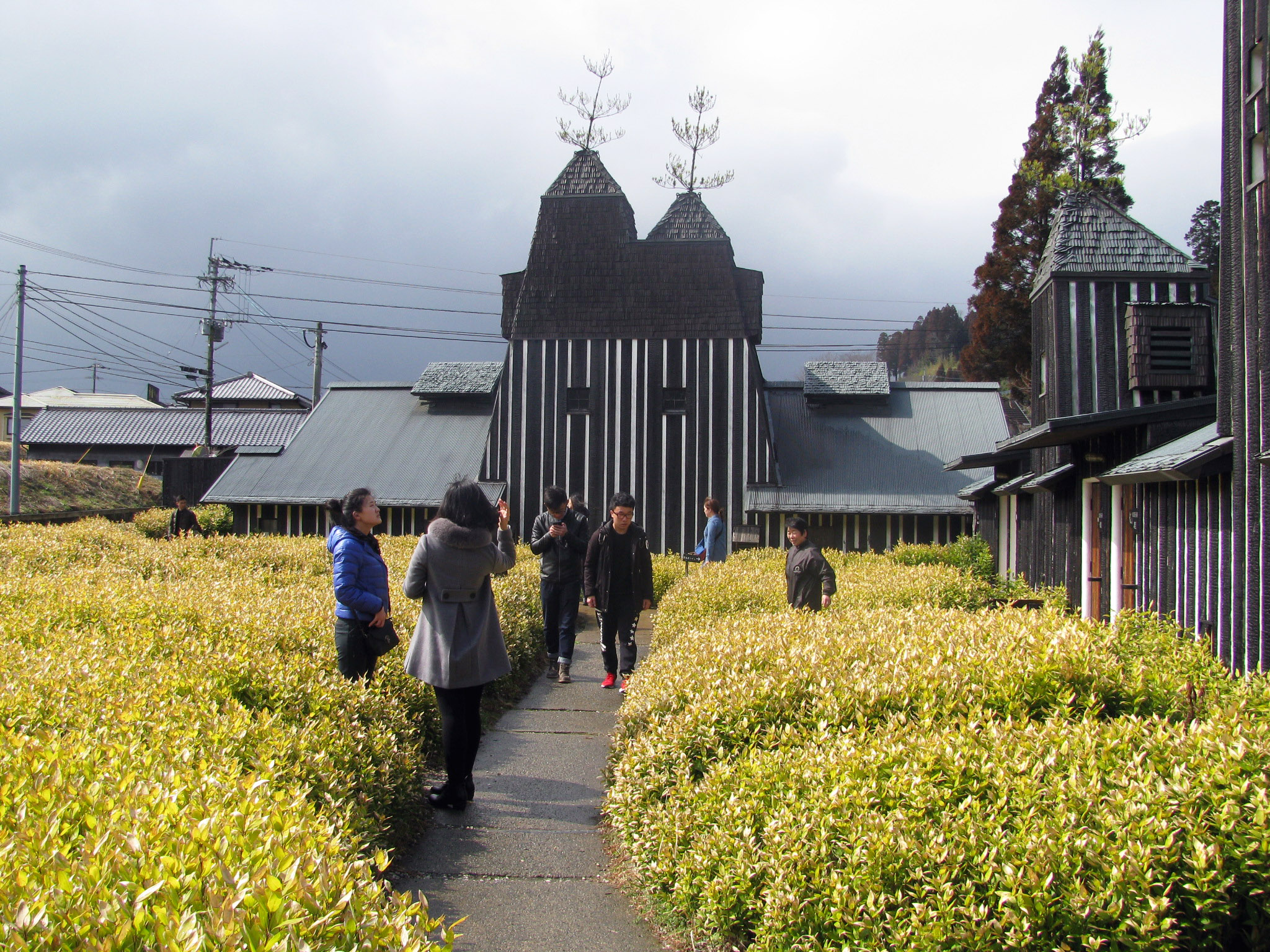 |
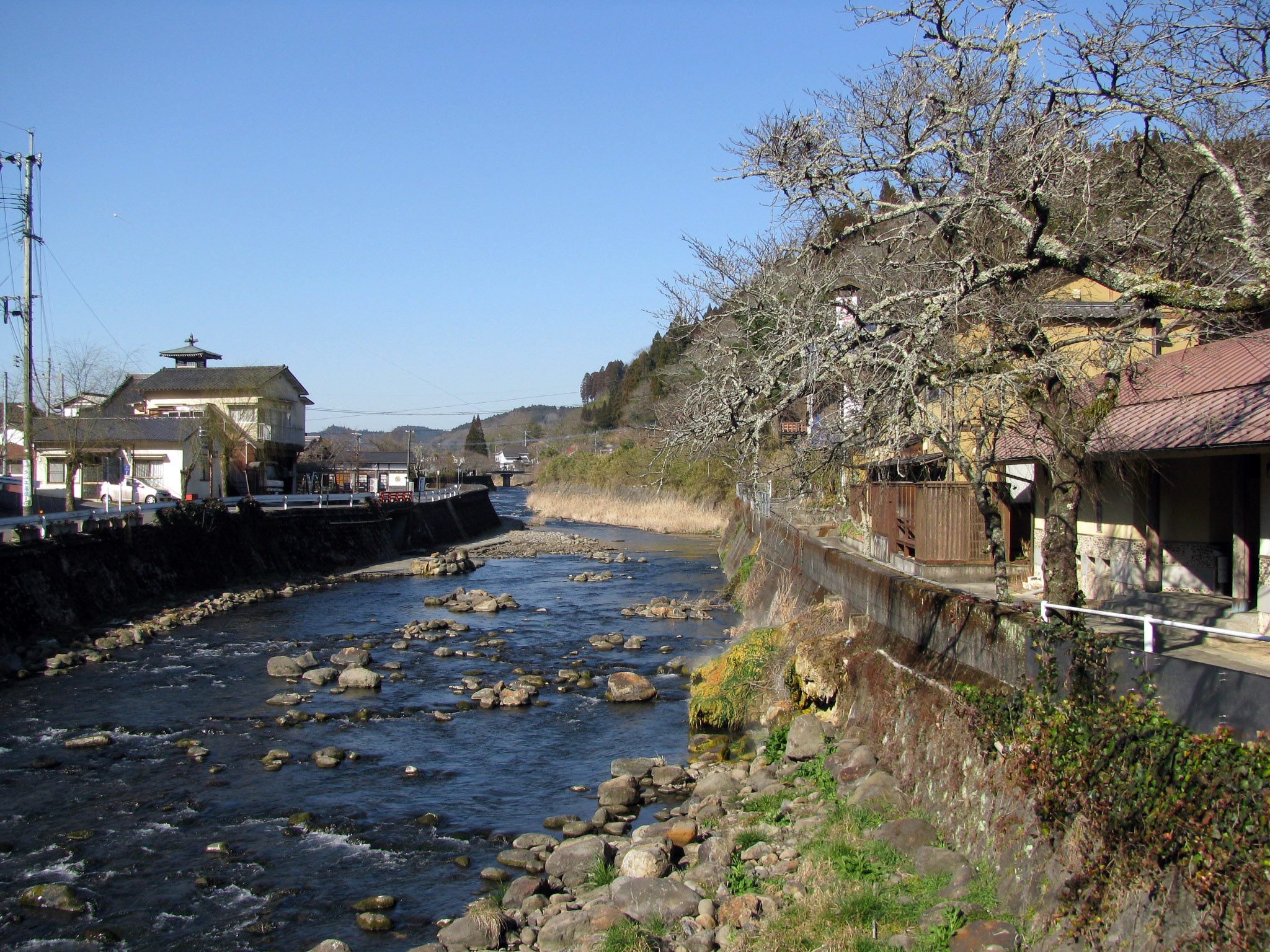 |
A tranquil Onsen resort at Waita mountain foot of 1,000 metre altitude. It is said that the Onsen
was founded more than 1,000 years ago, and now there are 30 Japanese style accommodations
called Ryokan in there.
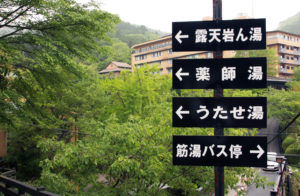 |
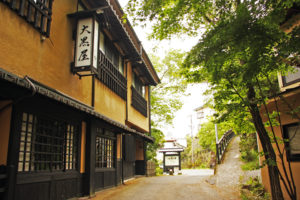 |
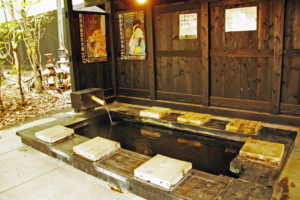 |
One of the must visit tourist destination in Kyushu. The world’s largest caldera and the active
volcano Mount Aso give a lot of excitements. And numerous unforgettable experiences in the rural
area can be made including Onsen, variety of sports and local cuisines.
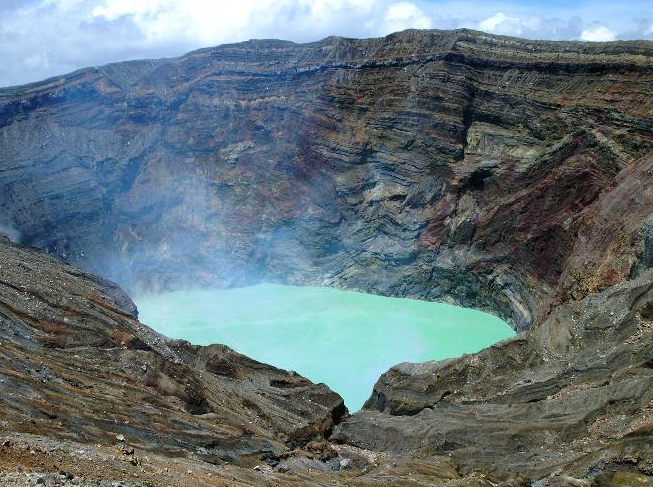 |
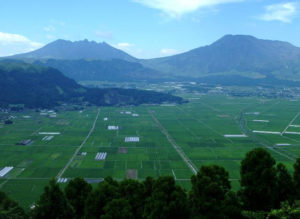 |
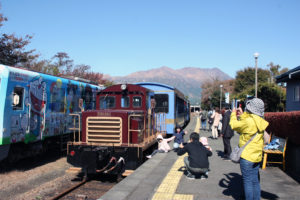 |
One of the most popular hot spring resort, located on the northern side of Mount Aso.
Widely known for its open-air baths, it is one of the best places to enjoy the atmosphere of
old town in Japan, where more than 20 Inns (Ryokan)and gift shops standing in a row
along the Tanoharu River, a headstream of the Chikugo River.
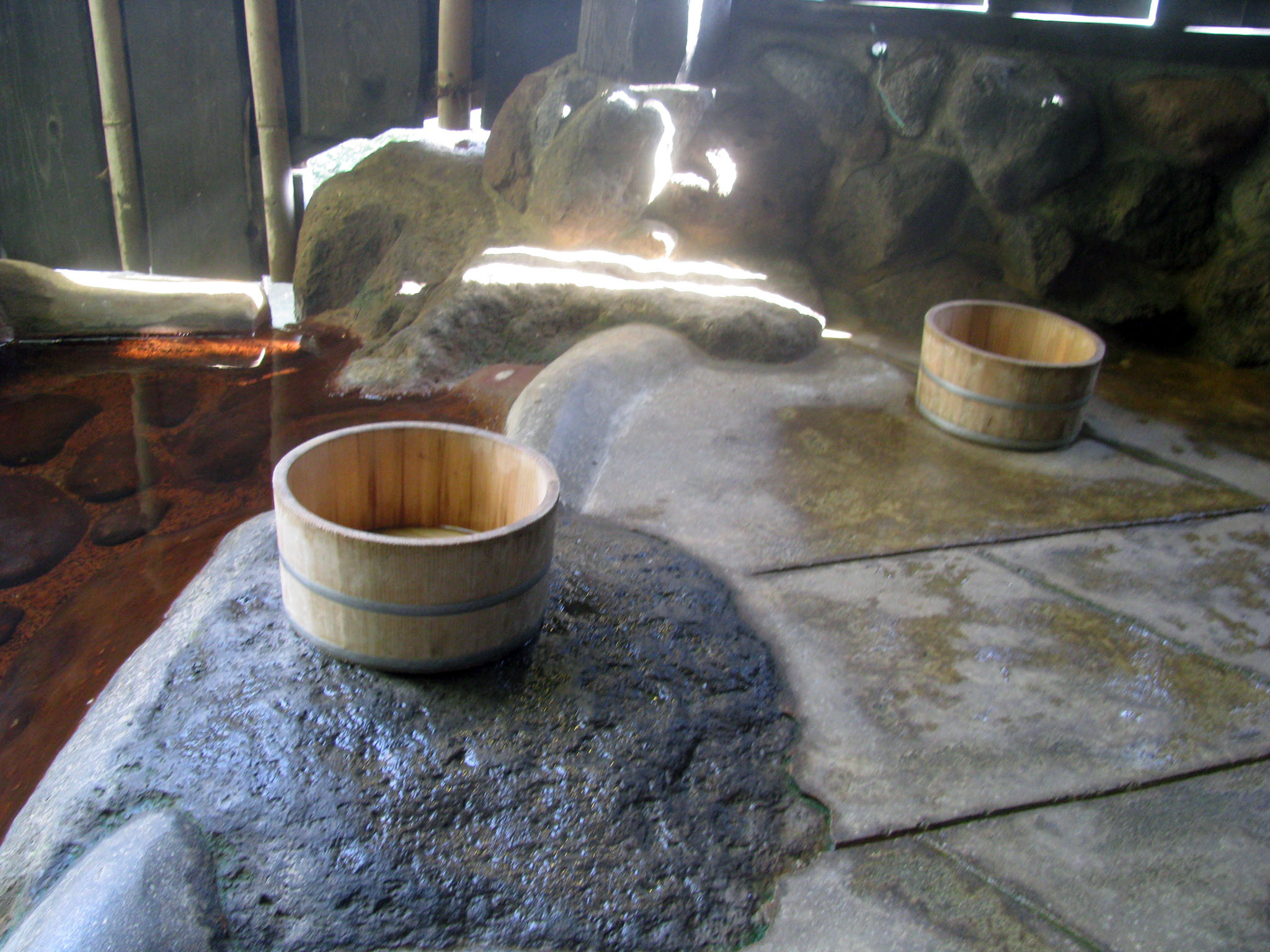 |
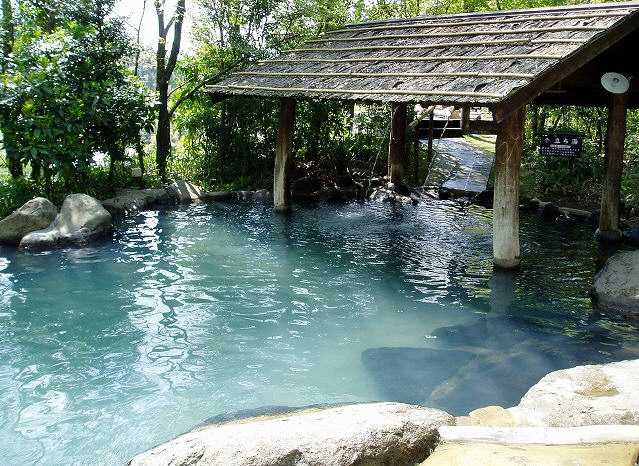 |
Located in Kumamoto Prefecture, It is on the west coast of Kyushu and faces Amakusa islands.
There are two Onsen resorts ; Yunotsuru Onsen located along the Yuide River in the mountains
and called Mountain Onsen and Yunoko Onsen faces Yatsushiro Sea and called Ocean Onsen.
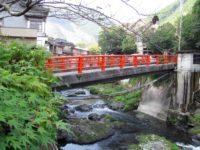 |
 |
 |
It is best known for its steaming sand baths along the beach, where bathers in a yukata, or
Japanese bathrobe get buried in the sand up to their neck. The sand heated by steam
containing marine minerals is scientifically proven to have therapeutic effects on neuralgia,
rheumatism, back pain and other ailments.
Home Tailor-made tours Study tours Christian Pilgrimage tours Golf tour Kyushu tour packages
Michino Eki (道の駅)
Michino Eki means Road Station in Japan.
This is created a safe, comfortable road traffic environment, and unique, lively spaces.
 |
 |
 |
Michino Eki provides places for travellers to rest, they are intended to promote local tourism
and trade.
 |
 |
 |
There are local shop where you can but local product such as agricultural products
(fruits, vegetables, flowers etc. ) , seafood, snacks, souvenirs and other goods.
 |
 |
 |
Atomic Bomb in Hiroshima
The First atomic bomb of humanity was used in Hiroshima
The nuclear weapons should never be used again
 |
It is the only structure left standing in the area where the first atomic bomb exploded on August 6 1945. The Atomic Bomb Dome is the ruin of the former Hiroshima Prefectural Industrial Promotion Hall that was destroyed when the first nuclear
weapon, atomic bomb, in human history was dropped by an American
Air Force bomber in 1945.
Because the atomic blast explored almost directly above this spot, the walls of the building were partially spared from destruction.
The building has been preserved in the same state as is was found immediately after the bombing.
|
 |
It now serves as a reminder of nuclear devastation and as a symbol of hope
for world peace and the elimination of all nuclear weapons.
Atomic Bomb Dome, testifying to its tragic history, is also a powerful symbol of Hiroshima’s plea that nuclear weapons should never be used again.
In 1996, the building was listed as a World Heritage Site as both an important
ruin as a symbol of hope for world peace.
|
Home Tailor-made tours Study tours Christian Pilgrimage tours Golf tour Kyushu tour packages
Chikugo Yoshii Hinadoll Festival in 2020
Hina matsuri, also called Doll’s Festival or Girls’ Day, is a special day in Japan, celebrated
each year on 3 March. A platforms covered with a red carpet-material are used to display a
set of ornamental hina dolls, representing the Emperor, Empress, attendants, and musicians
in traditional court dress of the Heian period.
 |
 |
 |
It is an occasion to pray for the well-being and prosperity of girls. It is thought that the festival has its roots
in an ancient purification ceremony, in which dolls were floated down the river, taking all of the girls’ bad
luck with them.
Yoshii-machi, Ukiha-city Hina doll Festival
from February 11 through April 3
 |
 |
 |
Main Hina dolls are displayed at Shirakabe Avenue district, where the river is lined by attractive former
warehouses, all with traditional wood and white plaster exteriors. The doll displays of Ukiha usually
feature two types of dolls: okiage (paper cut-outs covered in cotton and wrapped in fabric) and hakobina
(dolls in individual display cases).
 |
 |
 |
General information
| Address | Yoshii-machi, Ukiha-city, Fukuoka-prefecture |
| Access |
50 minutes by a vehicle from Fukuoka-city 45 minutes by a vehicle from Dazaifu-city 60 minutes by a vehicle from Yanagawa-city 90 minutes by a vehicle from Kitakyushu-city |
Your equiry can be sent by selecting the Enquiry Form link below.
You can also contact us by e-mail at info@japan-kyushu-tourist.com
Tel : +81-93-521-8897, Fax : +81-93-521-8898
Address : AIM buiding 6th floor, 3-8-1 Asano, Kokura-kitaku, Kitakyushu-city, Fukuoka-prefecture
HOME About us Our Services Terms and Conditions



